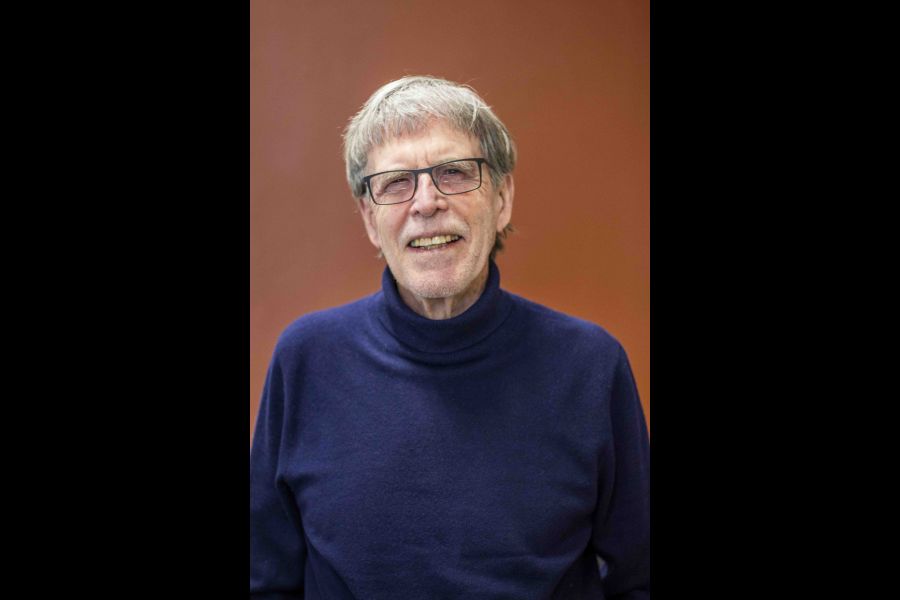By the mid-20th century, quantum physics was a mature major success story.
Fifty years earlier, some scientists including Max Planck, questioned whether the atom even existed. Yet within half a century, the particle nature of the atom including the nucleus and its constituent parts, the electron and other particles had been discovered together with two new forces.
The strong force holds protons together in the nucleus and the weak force governs the decay of unstable subatomic particles. And, most impressive for me, the quantal nature of the energy and orbits of electrons about the nucleus was established by 1930.
By almost every measure, quantum physics was a huge success. By the mid-20th century, physics was ripe for a model designed to unite all the findings of quantum physics and point the way to particles and forces not yet discovered.
Such a model – the Standard Model – was proposed in the 1960s to unite all that was known about atomic particles and forces. It turned out to be highly predictive and led to the discovery of the Higgs boson for which a Nobel Prize was awarded 30 years later to Peter Higgs in 2013 and the discovery of neutrinos.
Later studies by Canadian physicist Arthur McDonald revealed the changing identity of neutrinos and McDonald shared a Nobel in 2015.
Proof for the existence of the Higgs particle, or as some referred to it, the “God” particle, required the services of hundreds of scientists and engineers using the Hadron Collider in Switzerland to reveal and statistically prove the Higgs particle existed.
Neutrinos, on the other hand, necessitated studying their properties well beneath the Earth’s surface to screen out other particles from the experiments.
But all was not well with the Standard Model. It failed to reconcile particle physics with Einstein’s general relativity and take account of gravity and dark matter, the latter of which’s gravitational force plays a major role in shaping gaseous clouds of hydrogen and other matter into nascent galaxies and stars.
One way to get around the inconvenience of general relativity was to find flaws in the theory. So far, however, every experiment to test general relativity’s predictions has supported the theory.
That includes a recent study of two pulsars, neutron stars, which emit powerful bursts of radiation at metronomic intervals. The study revealed the mass of each of these incredibly dense stars changed the timing of the radiation emitted by the other neutron star – precisely as predicted by general relativity.
So much for flaws in Einstein’s theory of general relativity.
And when the first black hole was seen in 2019, its shape was consistent with general relativity’s predictions. It looks now as if any future general model for physics will have to live with general relativity by finding ways to bring general relativity, gravity and mass into the model.
If those were not enough problems with the Standard Model, what about recent challenges to the model based on its predictive power for the mass of particles? The model certainly worked for the Higgs boson as the observed mass matched theoretical predictions to a very high degree of confidence.
Then some experimental physicists tackled the W boson. This boson has a mass estimated to be 80 times the mass of the hydrogen nucleus (mass of a single proton).
When the group working collaboratively together with the collider detector at the Fermilab (CDF) measured the mass of the W boson repeatedly and with great precision, the boson’s mass turned out to be heavier than the mass predicted by the Standard Model by more than seven standard deviations.
By any statistician’s measure, that’s a lot. And if the Standard Model is wrong on this, what else is wrong with the model? Good question.
Of course, the battle over whether the Standard Model is fatally wounded isn’t over. Plans are afoot to employ the updated CERN collider in Switzerland to see whether its measurements agree with those of Fermilab’s collider.
The W boson controversy illustrates how science, in this case physics, works. Create a hypothesis or model to fit what is known or perhaps design a model to challenge what is known and then test, test, test.
And if serious flaws are revealed, it’s time to move on from, in the case of the Standard Model, to a new, more inclusive hypothesis or model and once more test them to their limits until their shortcomings become apparent, before beginning again.
Models and hypotheses provide frameworks for future studies, which is precisely what the Standard Model achieved so successfully for the Higgs and neutrino particles.
The Standard Model isn’t so much wrong as incomplete, much as Newtonian physics proved to be when general relativity revealed its shortcomings.
That’s how science works.
Dr. William Brown is a professor of neurology at McMaster University and co-founder of the InfoHealth series at the Niagara-on-the-Lake Public Library.










